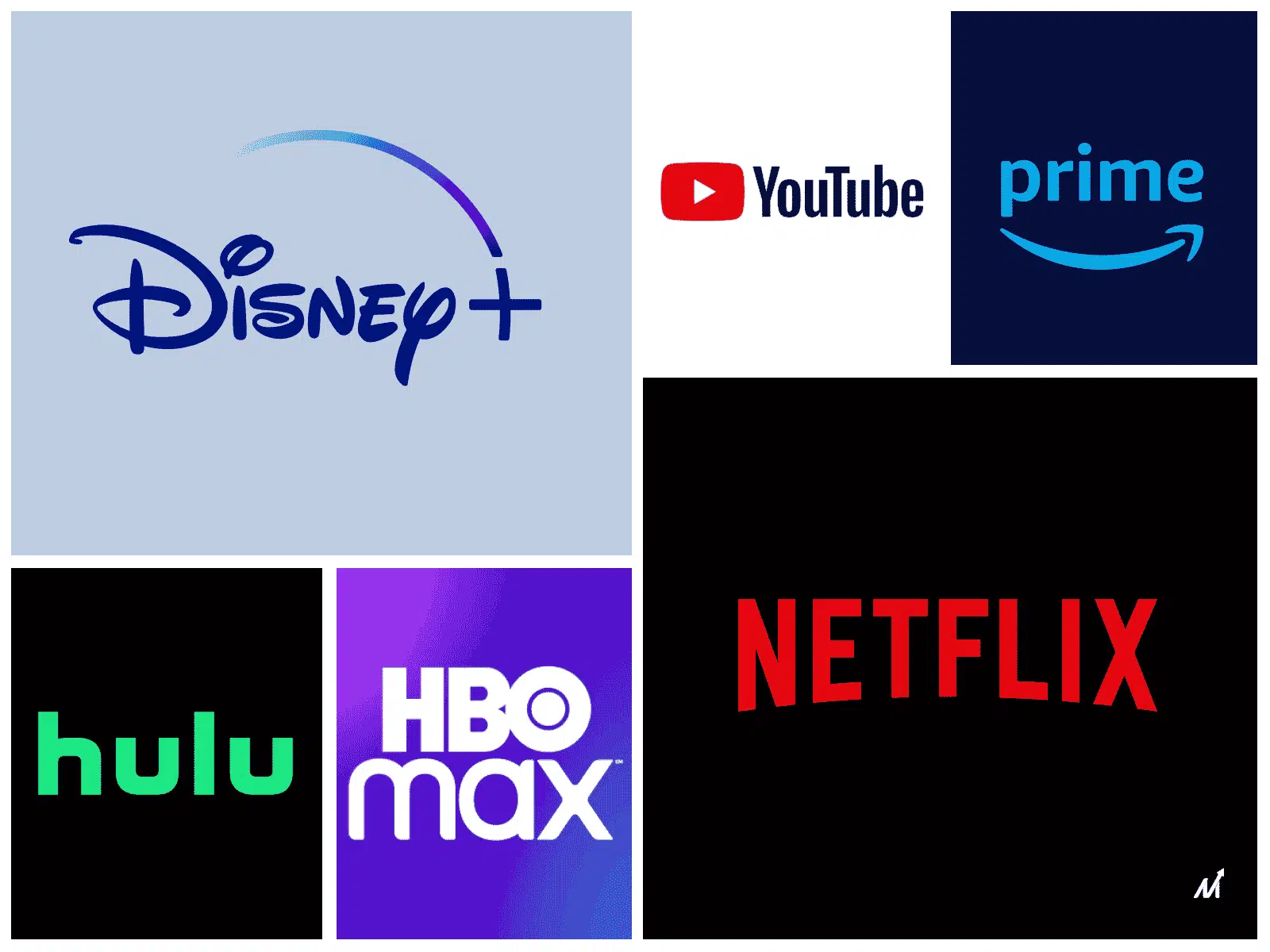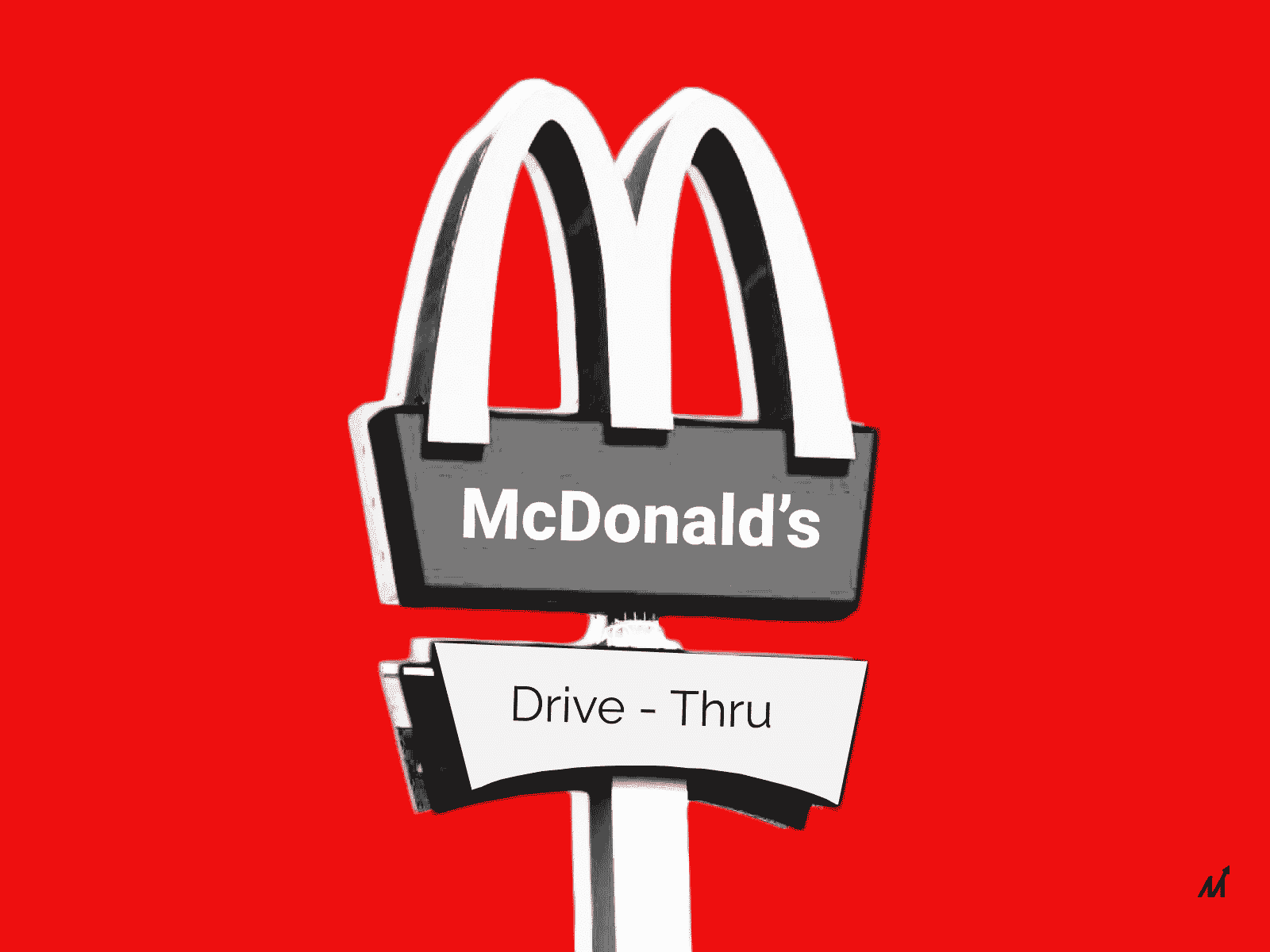The latest trendy thing in streaming is ad-supported video. Many well-known streaming services, including subscription video-on-demand services, have expressed interest in or have already established ad-supported channels.
At the moment, all eyes are on Disney, which is gearing up to offer a lower, ad-supported tier later this year to reach 230 million to 260 million users by 2024. However, it is far from the only streaming service considering ad-supported video-on-demand (AVOD).
-
-
Last year, the famously ad-averse HBO breached the dam between “prestige” streamers and advertisers by launching an ad-supported subscription tier for HBO Max.
-
-
-
This decision, along with Disney’s expanding market share, may have made ad-free industry leader Netflix rethink if the grass is truly greener on the AVOD side of the fence. CFO Spencer Neumann said earlier this week at a conference that an ad-supported tier is “never say never,” before reaffirming the company’s subscription strategy.
-
The ad-supported concept is not new: Hulu has long used it for ad-supported streaming channels, and less popular providers like Peacock have used it as well. Warner Bros. Discovery’s next streaming rebranding could include ad-supported channels as well.
Why ads, why now? In a competitive market, a low-cost, ad-supported subscription tier can help streaming services increase revenues without significantly increasing subscription fees.
-
-
Streaming services are at an all-time high in terms of price. Netflix’s regular $15.49-per-month plan is now significantly more expensive than existing bundles and ad-supported membership options. Even Disney+, which is still relatively new to the scene, has raised its fees from $6.99 to $7.99 per month.
-
U.S. consumers are hesitant to add new services due to rising costs and rise of competitors, and seek less-expensive alternatives. According to Tubi, almost 25% of US internet users already watch a combination of AVOD and SVOD channels.
-
-
-
Another obvious advantage is that an ad-supported channel generates income from advertisers. Streamers are already big forces in television advertising, but Disney now has an even better opportunity. It can court family-friendly businesses to advertise on Disney+ while still reaching broader and “adult” audiences through ESPN and Hulu.
-
For the latest technological insights and news from us, visit- Latest News Around Mobile App Technology, Web & Digital transformation




